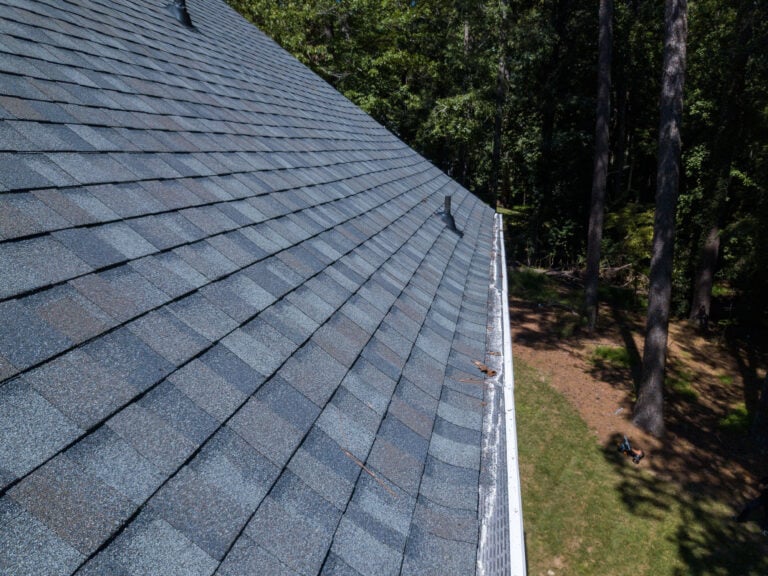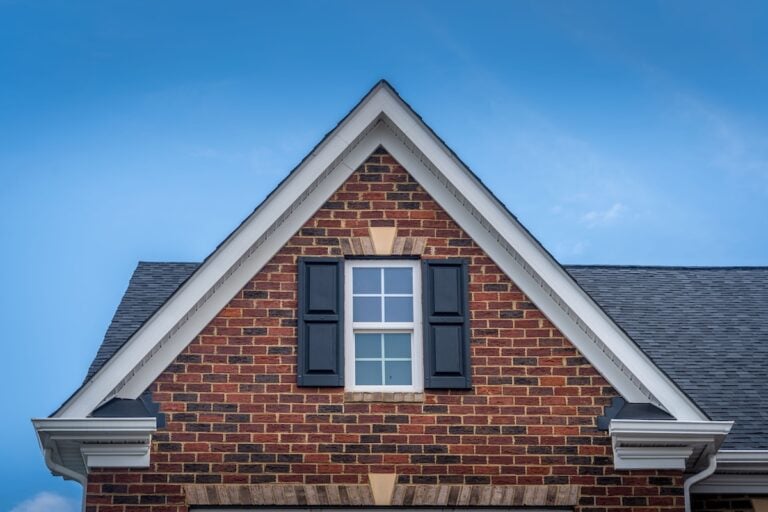Dealing with roof damage can be stressful, especially when you’re wondering whether your insurance will help cover the costs. If you have a 20-year-old roof, you might be asking yourself: will insurance cover a 20 year-old roof when damage occurs? The answer isn’t always straightforward, but understanding how insurance companies evaluate older roofs can help you navigate this process with confidence.
Most homeowners assume their insurance will automatically cover any roof damage, but the age of your roof plays a significant role in coverage decisions. Insurance companies consider various factors when evaluating claims, and a 20-year-old roof falls into a category that requires careful consideration. At Palladium Roofing, we help homeowners understand their options and work with insurance companies to ensure fair coverage for roof repairs and replacements.
This comprehensive guide will cover:
- Why roof age matters for insurance coverage
- Key factors insurance companies consider for 20-year-old roofs
- How to maximize your chances of coverage approval
- Steps to take when filing a claim for an older roof
🏠 Why Roof Age Matters for Insurance Coverage
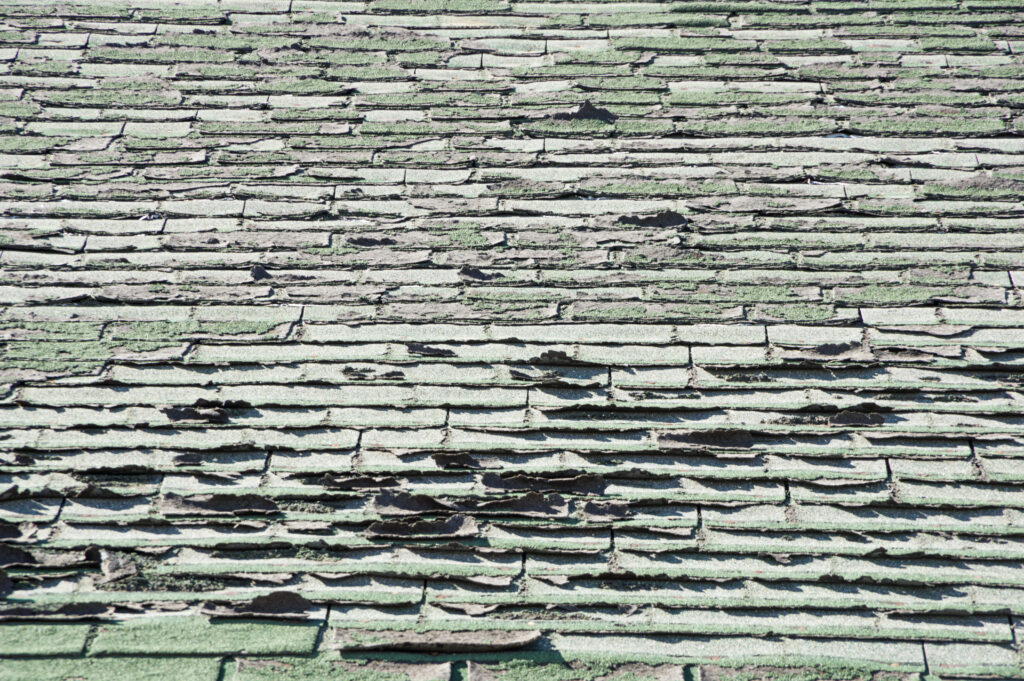
Understanding how insurance companies view older roofs is crucial for homeowners with aging roofing systems. Insurance providers use roof age as a primary factor in determining coverage eligibility and claim payouts.
Most insurance companies have specific policies regarding roof age because older roofs are more susceptible to damage and may not perform as well during severe weather events. A 20-year-old roof sits in a critical zone where coverage can vary significantly depending on your specific policy and insurance provider.
Here are the key reasons why roof age impacts insurance decisions:
- Increased vulnerability: Older roofs have weathered years of exposure to elements, making them more prone to damage
- Reduced structural integrity: Materials naturally degrade over time, affecting the roof’s ability to protect your home
- Higher claim frequency: Statistics show that older roofs generate more insurance claims than newer installations
- Replacement cost considerations: Insurance companies factor in the remaining useful life of roofing materials
🔍 5 Key Considerations: Will Insurance Cover a 20-Year-Old Roof?
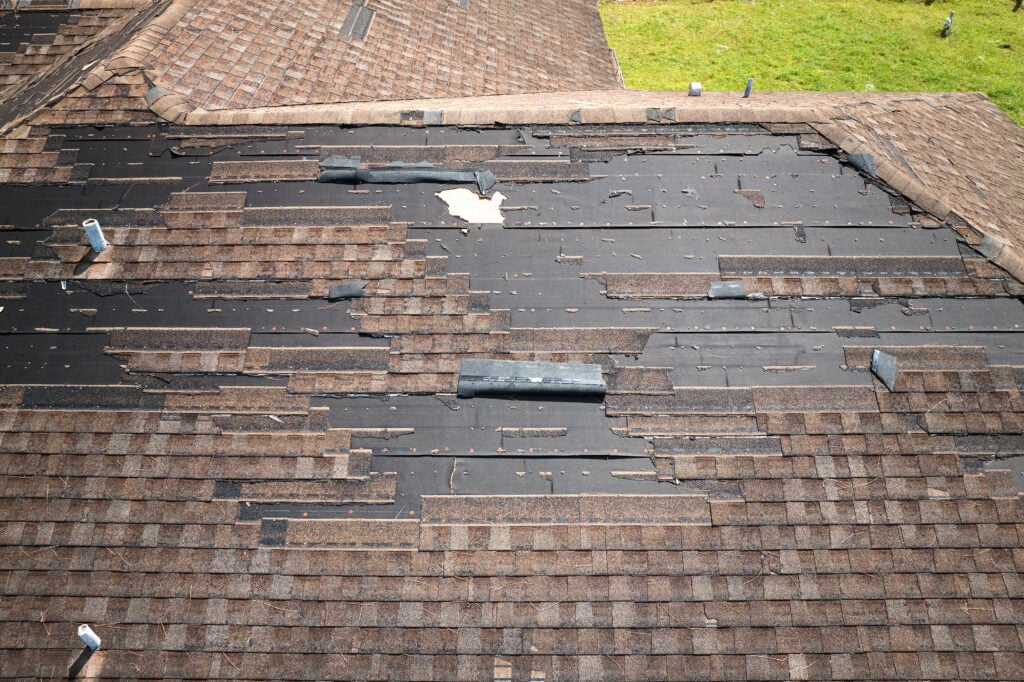
When evaluating coverage for a 20-year-old roof, insurance companies examine several critical factors. Understanding these considerations can help you prepare for the claims process and improve your chances of approval.
1. Type of Damage and Its Cause
Insurance companies distinguish between different types of damage when evaluating claims. Storm damage, hail damage, and sudden unexpected events typically receive better coverage than gradual wear and tear.
- Covered perils: Wind damage, hail impact, falling debris, and fire damage are usually covered regardless of roof age
- Excluded damage: Normal wear and tear, aging, and poor maintenance are typically not covered by insurance policies
2. Roofing Material and Expected Lifespan
The type of roofing material on your home significantly impacts coverage decisions. Different materials have varying expected lifespans, and insurance companies use these guidelines when evaluating claims.
- Asphalt shingles: Expected lifespan of 20-25 years, making a 20-year-old roof near the end of its useful life
- Metal roofing: Can last 40-70 years, so a 20-year-old metal roof is considered relatively new
3. Maintenance History and Documentation
Insurance companies favor homeowners who can demonstrate proper roof maintenance over the years. Regular inspections and timely repairs show that you’ve taken care of your investment.
- Keep detailed records: Document all maintenance, repairs, and inspections performed on your roof
- Schedule regular inspections: Annual or bi-annual professional inspections can identify issues early
4. Policy Type and Coverage Details
Your specific insurance policy determines what coverage you’ll receive. Some policies offer full replacement cost coverage, while others only provide actual cash value after depreciation.
- Replacement cost coverage: Pays for a new roof regardless of the old roof’s depreciated value
- Actual cash value: Subtracts depreciation from the replacement cost, potentially leaving you with significant out-of-pocket expenses
5. Geographic Location and Weather Patterns
Your location influences how insurance companies view roof damage claims. Areas prone to severe weather may have different coverage standards than regions with milder climates.
- High-risk areas: Locations with frequent hail storms or hurricanes may face stricter coverage requirements
- Climate considerations: UV exposure, temperature fluctuations, and moisture levels all affect roof longevity
⚡ Maximizing Your Insurance Coverage Success
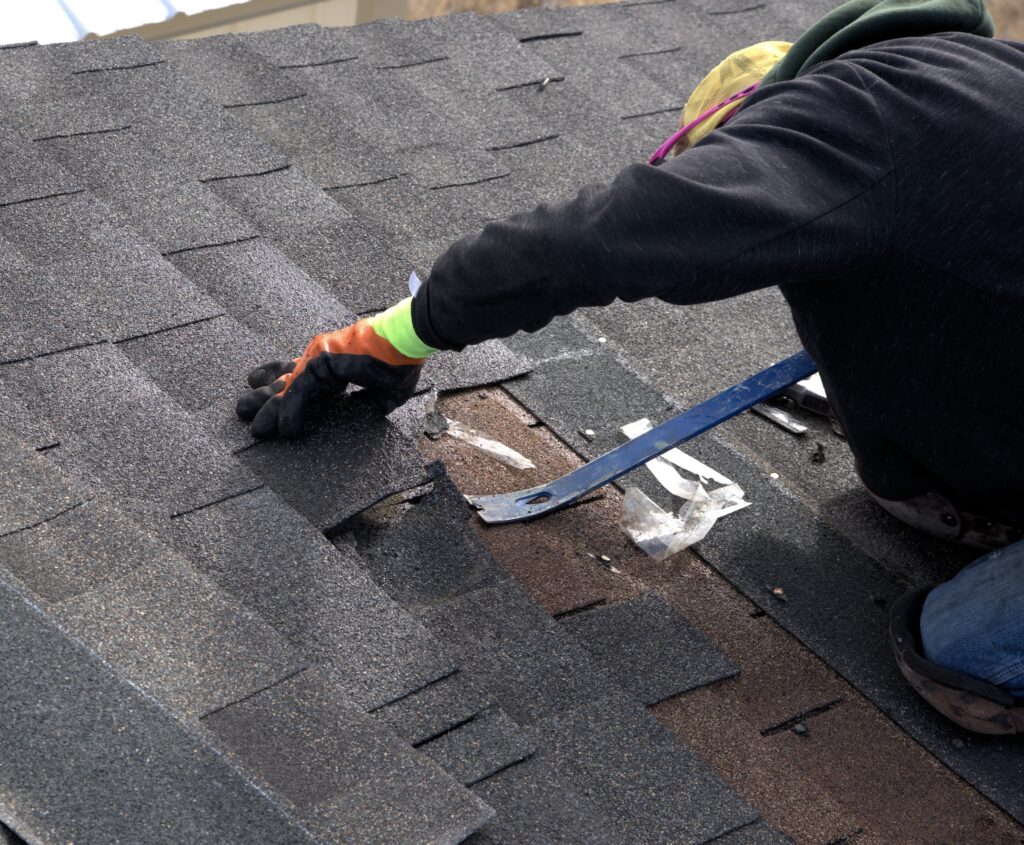
Even with a 20-year-old roof, you can take steps to improve your chances of receiving fair insurance coverage. Being proactive and prepared makes a significant difference in claim outcomes.
Professional documentation is essential for older roofs. Insurance adjusters need clear evidence that damage resulted from a covered peril rather than normal aging. Having a certified roofing contractor inspect your roof and document its condition creates a strong foundation for your claim.
Working with Professional Roofers
Partnering with experienced roofing contractors who understand insurance processes can significantly improve your claim success rate. These professionals know how to document damage properly and communicate effectively with insurance adjusters.
Benefits of professional involvement:
- Accurate damage assessment: Trained eyes can identify all damage that might be overlooked
- Proper documentation: Professional photos and detailed reports strengthen your claim
- Insurance expertise: Experienced contractors understand what insurance companies look for
Timing Your Claim Filing
Acting quickly after discovering damage is crucial for claim success. Insurance companies prefer claims filed promptly after damage occurs, and delays can complicate the approval process.
Best practices for claim timing:
- Report immediately: Contact your insurance company as soon as you discover damage
- Document everything: Take photos and notes before any temporary repairs
- Schedule professional inspection: Have a qualified roofer assess the damage within days of discovery
💡 Taking Action When You Need Roof Coverage
Understanding insurance coverage for older roofs empowers you to make informed decisions about your home’s protection. While a 20-year-old roof presents unique challenges, proper preparation and professional support can help you navigate the claims process successfully.
Remember that every insurance policy and situation is different. What works for one homeowner may not apply to another, so it’s essential to review your specific policy terms and work with professionals who understand the complexities of roof insurance claims.
If you’re dealing with potential roof damage or want to assess your 20-year-old roof’s condition, don’t wait until problems escalate. Contact the experienced team at Palladium Roofing for a comprehensive inspection and expert guidance on working with your insurance company. Our certified professionals can help document your roof’s condition and support you through the claims process to ensure you receive the coverage you deserve.


